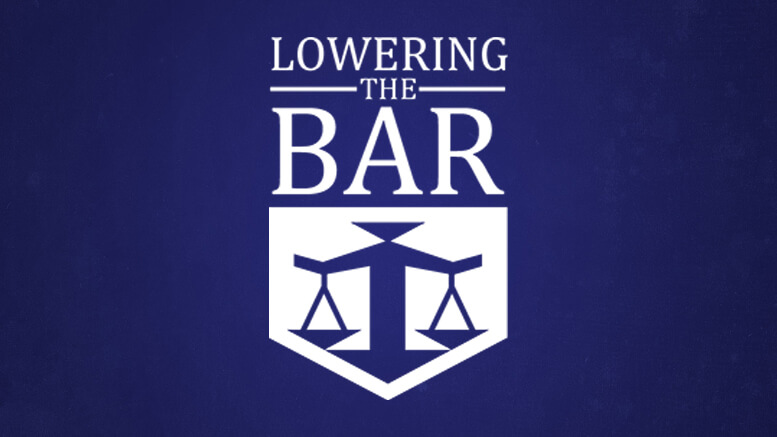Two recent cases may be of interest to those charged with operating something or other while under the influence of something or other, or to those struck by such a person, or to the attorneys for any such party. Or to you.
In New Jersey, Superior Court Judge Joseph Falcone ruled on Monday that an operator of a Zamboni ice-rink-grooming machine cannot be convicted of drunk driving because a Zamboni is not a "motor vehicle" under state law. John Peragallo was charged with drunk Zamboni driving after a fellow employee at the Mennen Sports Arena apparently called police to tell them that Peragallo was "speeding" and had "nearly crashed" into the boards of the ice rink. Personally, I think any claim that a Zamboni was "speeding" should immediately raise suspicion itself, since, as I know from prior research, a Zamboni will top out at less than five miles per hour. But police did find that Peragallo’s blood-alcohol level was .12 percent, well over the limit. His license (to drive anything, I guess) was revoked.
But Peragallo appealed to the Superior Court, and Judge Falcone found in his favor, overturning the sentence. The judge ruled that a Zamboni is not a "motor vehicle," as required by New Jersey Statutes section 39:4-50, because it isn’t usable on highways and can’t carry passengers. Peragallo’s attorney, James Porfido, called the ruling "a vindication for my client."
And it was a vindication, but it was also, obviously, wrong. As I reported last year, two employees of a rink in Boise, Idaho, were fired last November after they each took a Zamboni on a late-night fast-food run to the Burger King drive-through. And they did of course use the public streets for the 1.5-mile (20-minute) successful round trip. Clearly, then, a Zamboni can be used on a public street or highway, even if only very very slowly. The fact that Peragallo was not using it on a highway at the time of his offense does not change its status as a "motor vehicle." And, as this picture demonstrates, any Zamboni is easily big enough to carry several passengers in addition to the driver.
is easily big enough to carry several passengers in addition to the driver.
The conclusion seems unavoidable that Peragallo’s conviction should have been upheld, although I have no problem with the penalties being sharply reduced.
On the other hand, a 40-year-old woman in Alabama could well be convicted of operating a horse while under the influence, based on an incident Saturday in which she rode through the northeast Alabama town of Sylvania at midnight, interfering with traffic and refusing to respond to police commands. Police said the woman would not get off the horse and eventually tried to charge a police car. She was taken into custody when she did try to jump off, but caught her foot in a stirrup, and was discovered to be in possession of a small amount of marijuana and a larger amount of crystal meth.
Unlike New Jersey’s law, the relevant Alabama statute makes it illegal to ride "any vehicle" while under the influence, not just "motor vehicles," which may reflect the relatively recent introduction of the motor vehicle to northeast Alabama. It seems hard to dispute that a horse would qualify as a "vehicle," and so the midnight rider will likely be unable to use the Zamboni defense. But given the other charges she may be facing, riding while intoxicated is probably the least of her worries.
Link: MSNBC.com
Link: Yahoo! News
